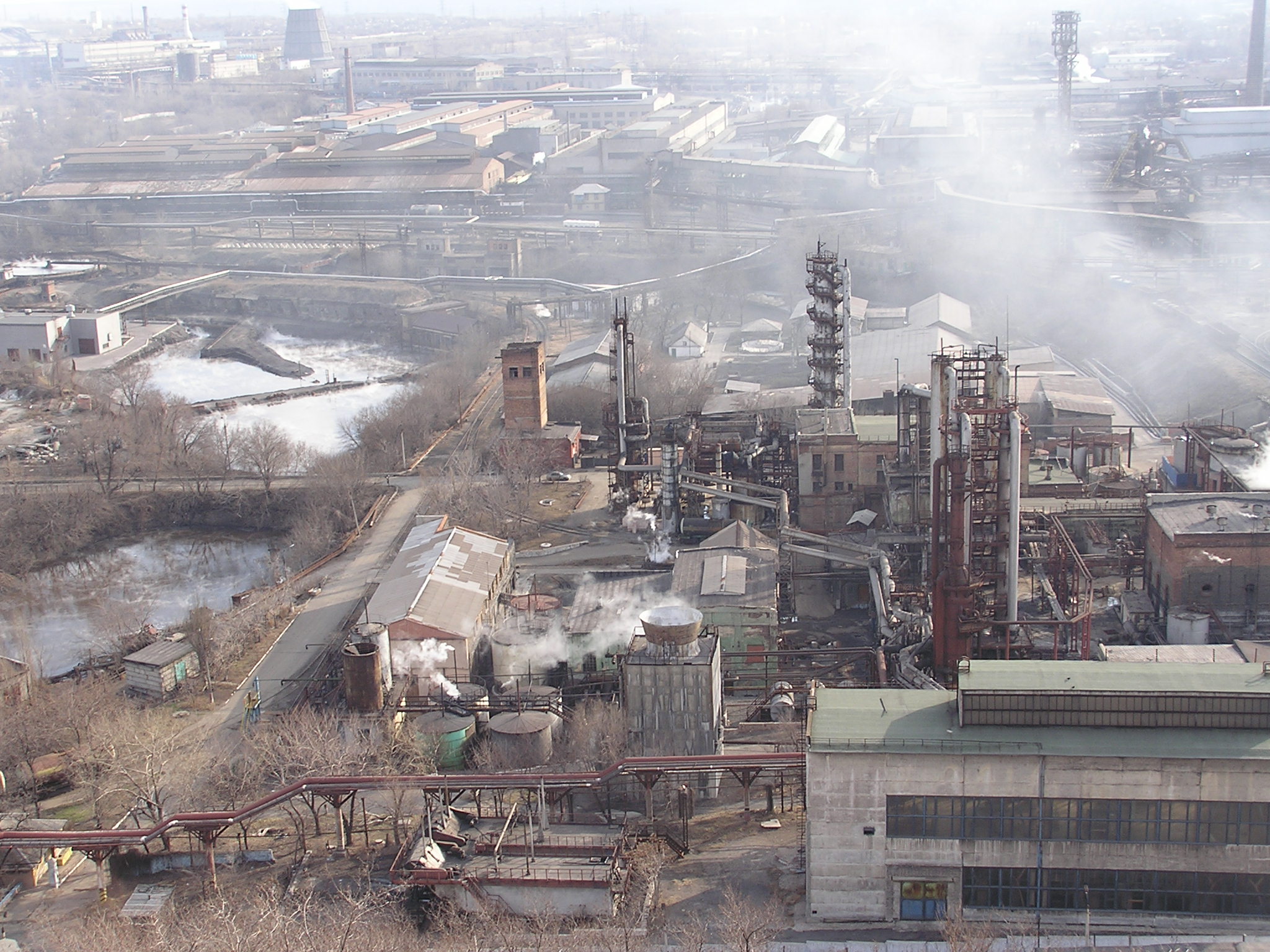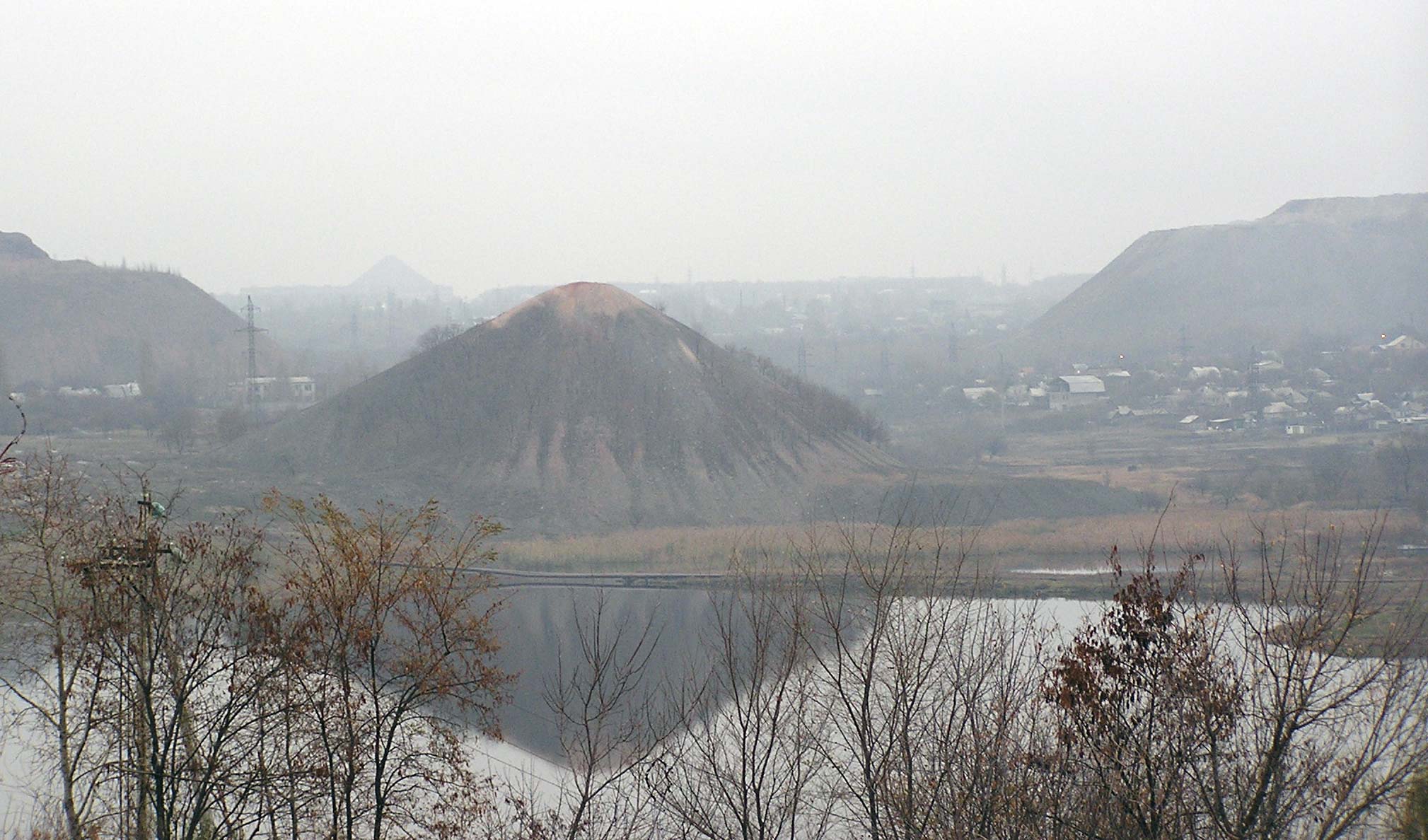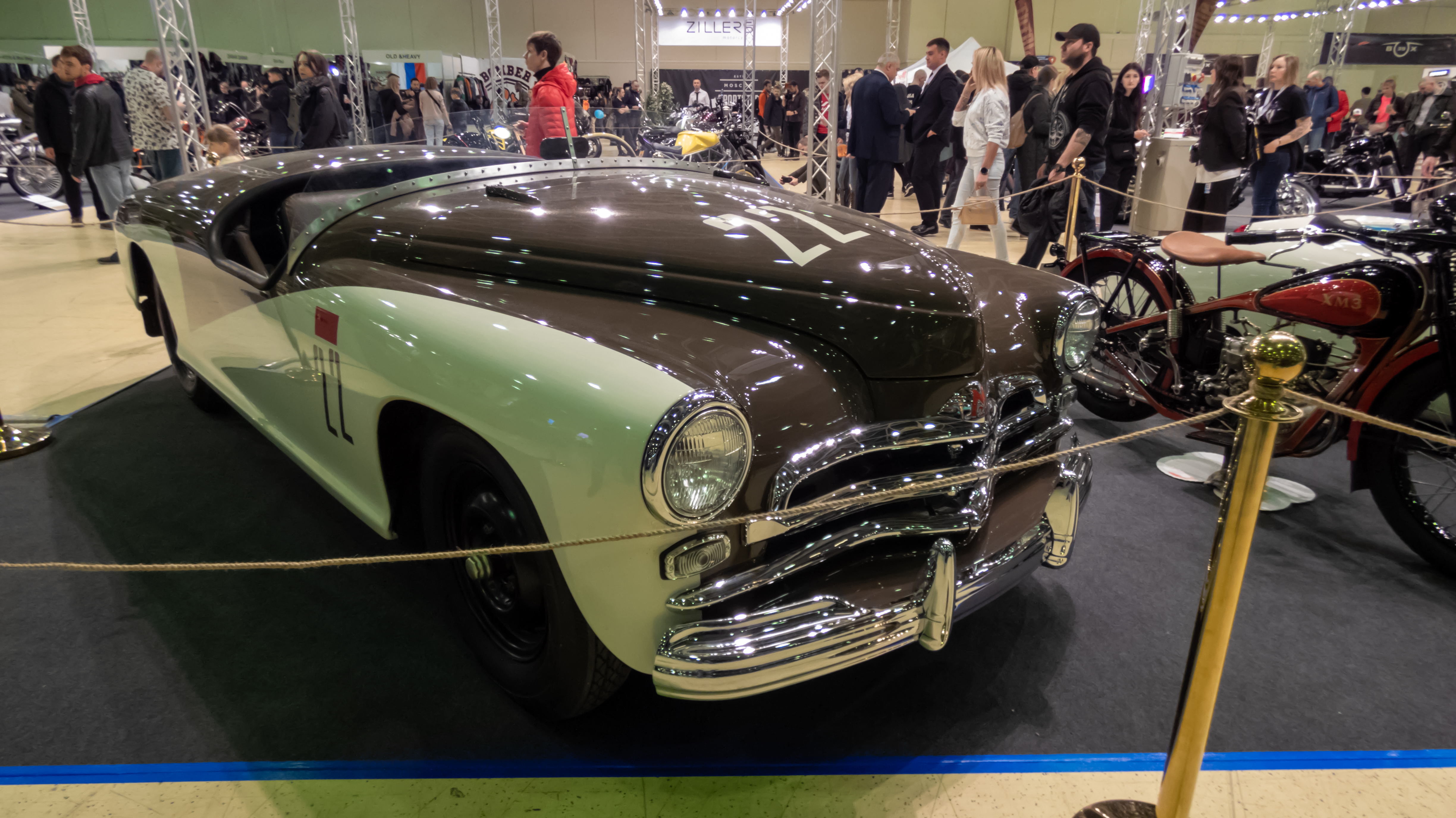|
Donetsk Metallurgical Plant
Donetsk Metallurgical Plant also called Donetsk Iron and Steel Works is an enterprise of Donetsk, Ukraine. It is a ferrous metallurgy enterprise that is located in the Leninskyi District, Donetsk, Leninskyi district of Donetsk. History 1869–1917 In 1866, the government of the Russian Empire concluded an agreement with :ru:Кочубей, Сергей Викторович, Prince Sergey Victorovich Kochubey, according to which the prince undertook to build a plant for the manufacture of iron rails in the south of the Russian Empire. In 1869, Kochubey sold the enterprise to John Hughes (businessman), John Hughes for Pound sterling, £24,000. In 1869, Hughes (or Yuz) began the construction of a metallurgical plant with a working settlement near the village of :ru:Александровка (Донецк), Aleksandrovka.Донецкий металлургический завод имени В. И. Ленина // Украинская Советская Энциклопедия. ... [...More Info...] [...Related Items...] OR: [Wikipedia] [Google] [Baidu] |
Donetsk
Donetsk ( , ; uk, Донецьк, translit=Donets'k ; russian: Донецк ), formerly known as Aleksandrovka, Yuzivka (or Hughesovka), Stalin and Stalino (see also: Names of European cities in different languages (C–D), cities' alternative names), is an industrial city in eastern Ukraine located on the Kalmius River in Donetsk Oblast. The population was estimated at in the city core, with over 2 million in the metropolitan area (2011). According to the Ukrainian Census (2001), 2001 census, Donetsk was the fifth-largest city in Ukraine. Administratively, Donetsk has been the centre of Donetsk Oblast, while historically, it is the unofficial capital and largest city of the larger economic and cultural Donbas, Donets Basin (''Donbas'') region. Donetsk is adjacent to another major city, Makiivka, and along with other surrounding cities forms a major urban sprawl and conurbation in the region. Donetsk has been a major economic, industrial and scientific centre of Ukraine wit ... [...More Info...] [...Related Items...] OR: [Wikipedia] [Google] [Baidu] |
Natural Gas
Natural gas (also called fossil gas or simply gas) is a naturally occurring mixture of gaseous hydrocarbons consisting primarily of methane in addition to various smaller amounts of other higher alkanes. Low levels of trace gases like carbon dioxide, nitrogen, hydrogen sulfide, and helium are also usually present. Natural gas is colorless and odorless, so odorizers such as mercaptan (which smells like sulfur or rotten eggs) are commonly added to natural gas supplies for safety so that leaks can be readily detected. Natural gas is a fossil fuel and non-renewable resource that is formed when layers of organic matter (primarily marine microorganisms) decompose under anaerobic conditions and are subjected to intense heat and pressure underground over millions of years. The energy that the decayed organisms originally obtained from the sun via photosynthesis is stored as chemical energy within the molecules of methane and other hydrocarbons. Natural gas can be burned fo ... [...More Info...] [...Related Items...] OR: [Wikipedia] [Google] [Baidu] |
GAZ-M20 Pobeda
The GAZ-M20 "Pobeda" (russian: ГАЗ-М20 Победа; ''победа'' means ''victory'') was a passenger car produced in the Soviet Union by GAZ from 1946 until 1958. It was also licensed to the Polish Passenger Automobile Factory and produced as the FSO Warszawa. Although usually known as the GAZ-M20, an original car's designation at that time was just M-20: M for "Molotovets" (the GAZ factory was named after Vyacheslav Molotov). History The first sketches of similar-looking cars were completed by Valentin Brodsky in 1938 and by Vladimir Aryamov in 1940, which revealed a growing tendency towards streamlined car design in the Soviet Union. Aryamov's two-door coupe GAZ-11-80, designed in 1940, greatly resembled the later Pobeda and was in many ways identical to it. However, after the German invasion of 1941 military priorities delayed the work on the new car and the factory was switched to military production. The first Pobeda was developed in the Soviet Union under chief engin ... [...More Info...] [...Related Items...] OR: [Wikipedia] [Google] [Baidu] |
Red Flag (politics)
In politics, a red flag is predominantly a symbol of socialism, communism, Marxism, trade unions, left-wing politics, and historically of anarchism. It has been associated with left-wing politics since the French Revolution (1789–1799).Brink, Jan te''Robespierre and the Red Terror (1899). Socialists adopted the symbol during the Revolutions of 1848 and it became a symbol of communism as a result of its use by the Paris Commune of 1871. The flags of several socialist states, including China, Vietnam and former Soviet Union, are explicitly based on the original red flag. The red flag is also used as a symbol by some democratic socialists and social democrats, for example the League of Social Democrats of Hong Kong, the French Socialist Party and the Social Democratic Party of Germany. The Labour Party in Britain used it until the late 1980s. It was the inspiration for the socialist anthem, ''The Red Flag''. Prior to the French Revolution and in some contexts even today, red f ... [...More Info...] [...Related Items...] OR: [Wikipedia] [Google] [Baidu] |
Eastern Front (World War II)
The Eastern Front of World War II was a Theater (warfare), theatre of conflict between the European Axis powers against the Soviet Union (USSR), Polish Armed Forces in the East, Poland and other Allies of World War II, Allies, which encompassed Central Europe, Eastern Europe, Northern Europe, Northeast Europe (Baltic states, Baltics), and Southeast Europe (Balkans) from 22 June 1941 to 9 May 1945. It was known as the Great Patriotic War (term), Great Patriotic War in the Soviet Union – and still is in some of its successor states, while almost everywhere else it has been called the ''Eastern Front''. In present-day German and Ukrainian historiography the name German-Soviet War is typically used. The battles on the Eastern Front of the Second World War constituted the largest military confrontation in history. They were characterised by unprecedented ferocity and brutality, wholesale destruction, mass deportations, and immense loss of life due to combat, starvation, expos ... [...More Info...] [...Related Items...] OR: [Wikipedia] [Google] [Baidu] |
First Five-Year Plan
The first five-year plan (russian: I пятилетний план, ) of the Union of Soviet Socialist Republics (USSR) was a list of economic goals, created by Communist Party General Secretary Joseph Stalin, based on his policy of socialism in one country. The plan was implemented in 1928 and took effect until 1932. The Soviet Union entered a series of five-year plans which began in 1928 under the rule of Joseph Stalin. Stalin launched what would later be referred to as a "revolution from above" to improve the Soviet Union's domestic policy. The policies were centered around rapid industrialization and the collectivization of agriculture. Stalin desired to remove and replace any policies created under the New Economic Policy. The plan, overall, was to transition the Soviet Union from a weak, poorly controlled, agriculture state, into an industrial powerhouse. While the vision was grand, its planning was ineffective and unrealistic given the short amount of time given to meet ... [...More Info...] [...Related Items...] OR: [Wikipedia] [Google] [Baidu] |
Industrialization In The Soviet Union
Industrialisation in the Soviet Union was a process of accelerated building-up of the industrial potential of the Soviet Union to reduce the economy's lag behind the developed capitalist states, which was carried out from May 1929 to June 1941. The official task of industrialisation was the transformation of the Soviet Union from a predominantly agrarian state into a leading industrial one. The beginning of socialist industrialisation as an integral part of the "triple task of a radical reorganisation of society" ( industrialisation, economic centralisation, collectivisation of agriculture and a cultural revolution) was laid down by the first five-year plan for the development of the national economy lasting from 1928 until 1932. In Soviet times, industrialisation was considered a great feat. The rapid growth of production capacity and the volume of production of heavy industry (4 times) was of great importance for ensuring economic independence from capitalist countries and s ... [...More Info...] [...Related Items...] OR: [Wikipedia] [Google] [Baidu] |
Joseph Stalin
Joseph Vissarionovich Stalin (born Ioseb Besarionis dze Jughashvili; – 5 March 1953) was a Georgian revolutionary and Soviet political leader who led the Soviet Union from 1924 until his death in 1953. He held power as General Secretary of the Communist Party of the Soviet Union (1922–1952) and Chairman of the Council of Ministers of the Soviet Union (1941–1953). Initially governing the country as part of a collective leadership, he consolidated power to become a dictator by the 1930s. Ideologically adhering to the Leninist interpretation of Marxism, he formalised these ideas as Marxism–Leninism, while his own policies are called Stalinism. Born to a poor family in Gori in the Russian Empire (now Georgia), Stalin attended the Tbilisi Spiritual Seminary before joining the Marxist Russian Social Democratic Labour Party. He edited the party's newspaper, ''Pravda'', and raised funds for Vladimir Lenin's Bolshevik faction via robberies, kidnappings and protection ... [...More Info...] [...Related Items...] OR: [Wikipedia] [Google] [Baidu] |
Soviet Power
The political system of the Soviet Union took place in a federal single-party soviet socialist republic framework which was characterized by the superior role of the Communist Party of the Soviet Union (CPSU), the only party permitted by the Constitution. Background The Bolsheviks who took power during the October Revolution, the final phase of the Russian Revolution, were the first communist party to take power and attempt to apply the Leninist variant of Marxism in a practical way. Although they grew very quickly during the Revolution from 24,000 to 100,000 members and got 25% of the votes for the Constituent Assembly in November 1917, the Bolsheviks were a minority party when they took power by force in Petrograd and Moscow. Their advantages were discipline and a platform supporting the movement of workers, peasants, soldiers and sailors who had seized factories, organized soviets, appropriated the lands of the aristocracy and other large landholders, deserted from the army ... [...More Info...] [...Related Items...] OR: [Wikipedia] [Google] [Baidu] |
Communist Party Of The Soviet Union
"Hymn of the Bolshevik Party" , headquarters = 4 Staraya Square, Moscow , general_secretary = Vladimir Lenin (first) Mikhail Gorbachev (last) , founded = , banned = , founder = Vladimir Lenin , newspaper = ''Pravda'' , position = Far-left , international = , religion = State Atheism , predecessor = Bolshevik faction of the RSDLP , successor = UCP–CPSU , youth_wing = Little Octobrists Komsomol , wing1 = Young Pioneers , wing1_title = Pioneer wing , affiliation1_title = , affiliation1 = Bloc of Communists and Non-Partisans (1936–1991) , membership = 19,487,822 (early 1989 ) , ideology = , colours = Red , country = the Soviet Union The Communist Party of the Soviet Union (CPSU),; abbreviated in Russian as or also known by various other names during its history, was the founding and ruling party of the Soviet Union. Th ... [...More Info...] [...Related Items...] OR: [Wikipedia] [Google] [Baidu] |








